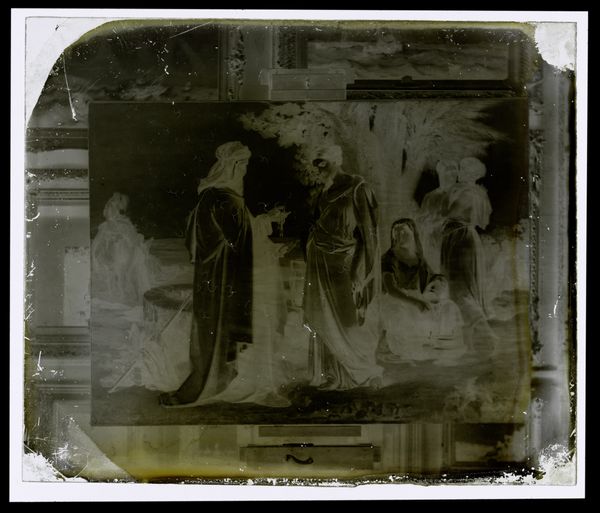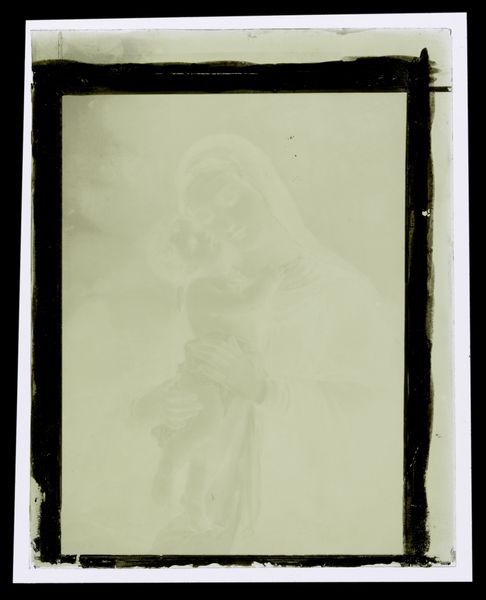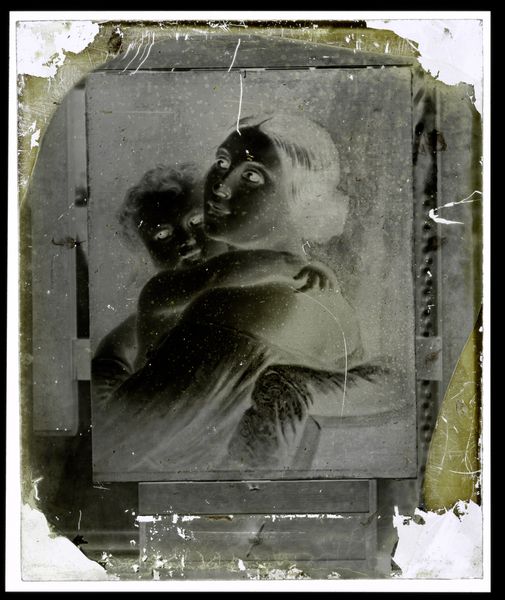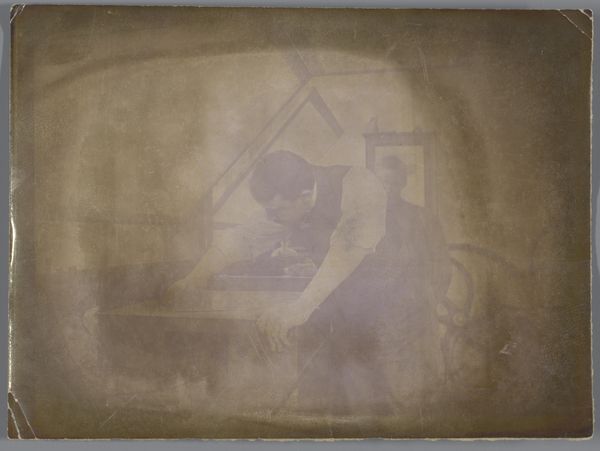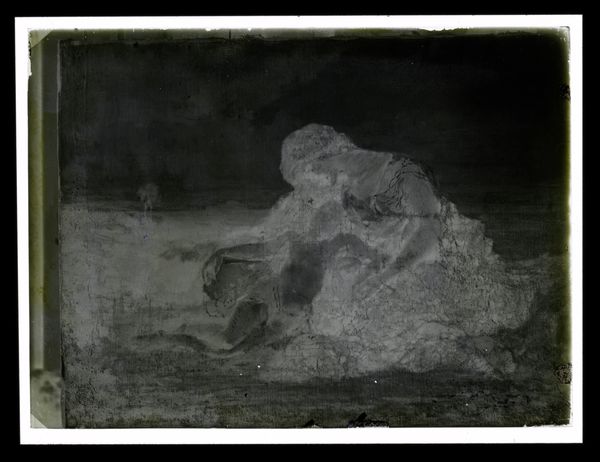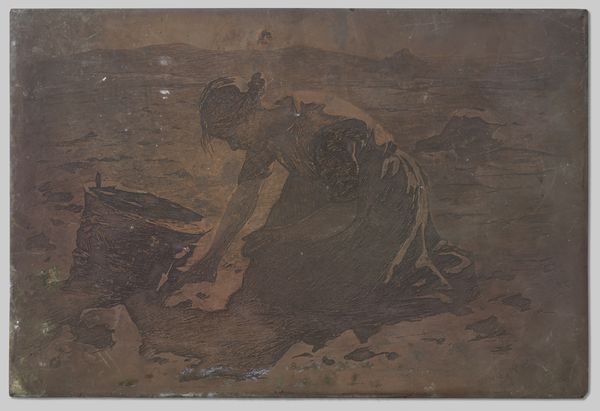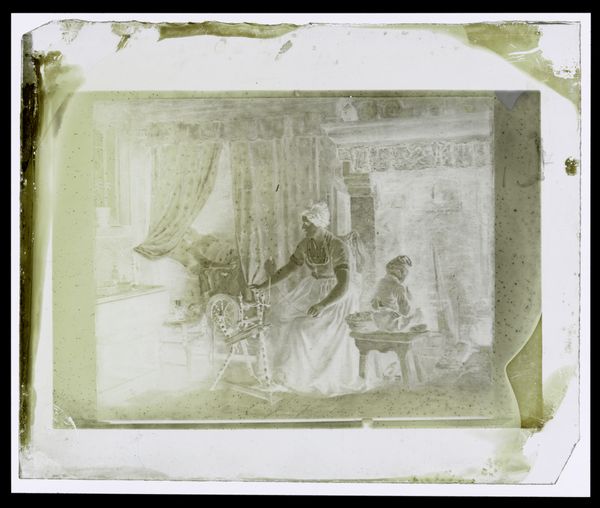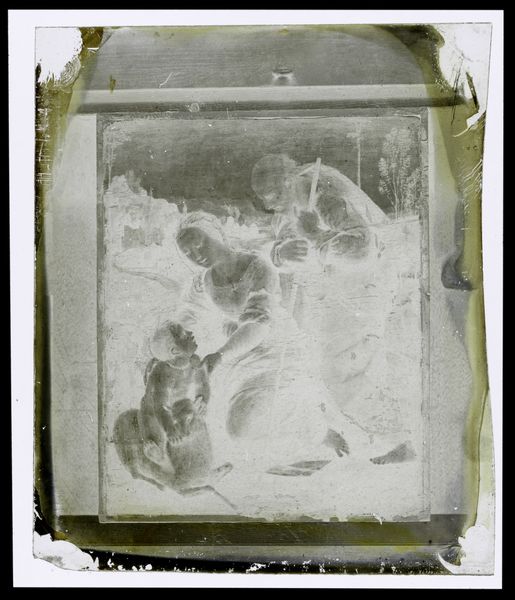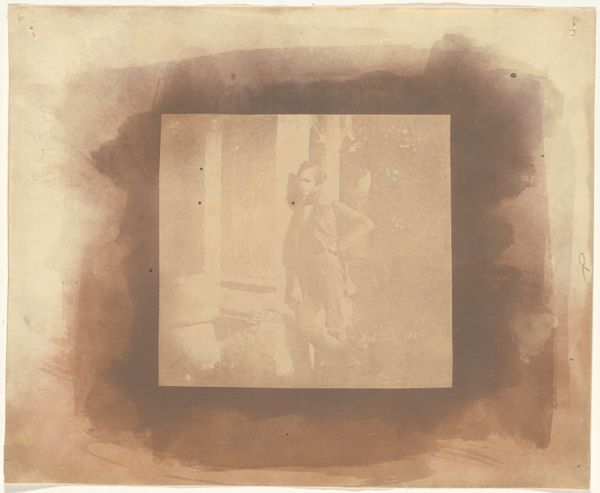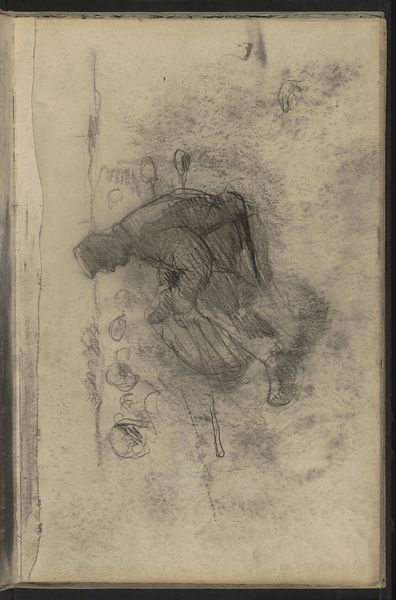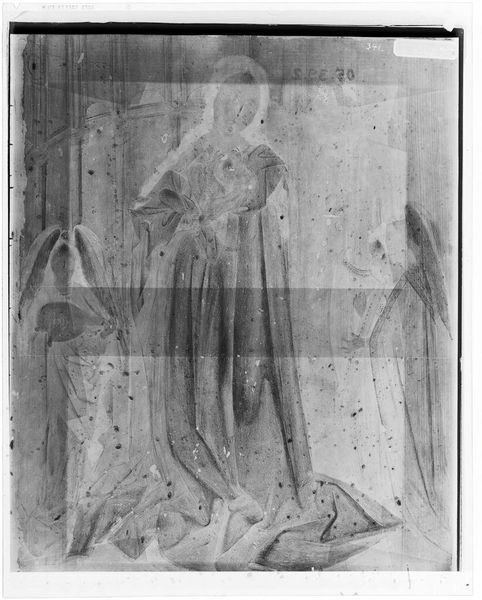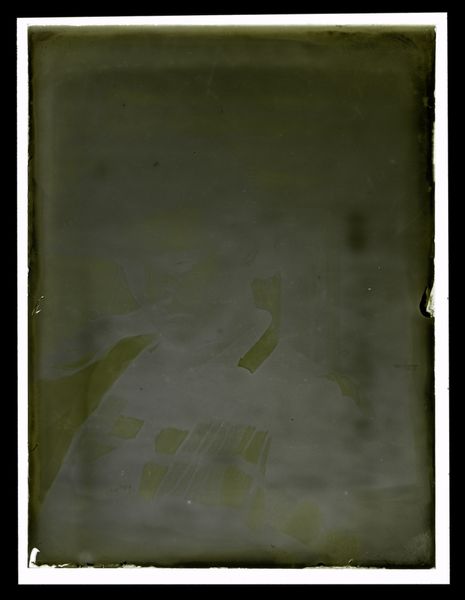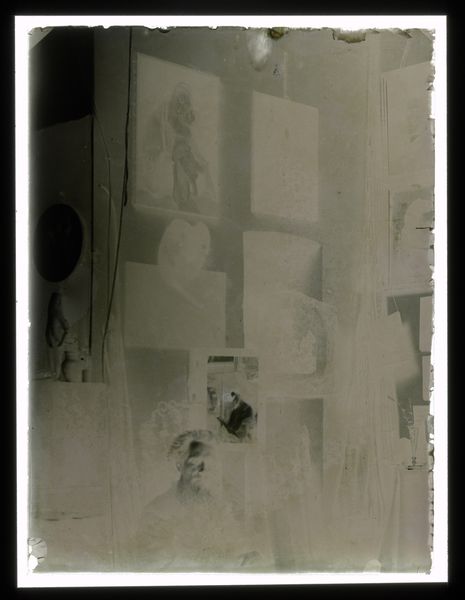
Fotoreproductie van een schilderij van een groep mensen bij een waterput c. 1865 - 1900
0:00
0:00
print, photography, gelatin-silver-print
#
portrait
# print
#
photography
#
gelatin-silver-print
#
genre-painting
#
realism
Dimensions: height 150 mm, width 178 mm
Copyright: Rijks Museum: Open Domain
Curator: Here we have a gelatin-silver print, dating roughly from 1865 to 1900. It is a photo reproduction of a genre painting depicting a group of people gathered at what appears to be a well. Editor: It has a spectral quality. The tones are delicate, but I feel like the medium and age render it as an unsettling shadow of its subject. It’s strange to consider this elaborate setup captured by a process involving silver salts and light sensitivity. Curator: Precisely! Think of the rise of photography and its challenge to painting at that time. This photograph makes the original painter's status quite visible. It emphasizes how the creation and the viewing of art are impacted by evolving tech and accessibility. It served to distribute imagery to the public—art for the masses, one could argue. Editor: Absolutely. And the gelatin-silver process, widely adopted, becomes this conduit. But look closely at the detail. Each figure, seemingly caught mid-gesture, mid-conversation...are they idealized or based on life? Curator: It is an interesting interplay between realism, a trend that was gaining traction, and a more idealized genre scene. It suggests the kind of romanticized versions of rural life popular during the period, and this photomechanical reproduction enabled wider audiences to see such scenes without needing access to galleries. Editor: Right, the material speaks to that contradiction—reproducing a painting to reach a new audience that reflects back an older one... The original image, filtered through the gelatin, then touched by human hands in developing... it almost seems like an artifact excavated rather than simply a photo taken. Curator: So it seems; a point of access, certainly, for thinking about art, and also of art-historical transmission! A tangible means by which an artwork of that kind attained cultural presence. Editor: An invitation, maybe. I appreciate the way the materiality of the print emphasizes that tension, revealing how technologies frame our interactions with art and history.
Comments
No comments
Be the first to comment and join the conversation on the ultimate creative platform.
